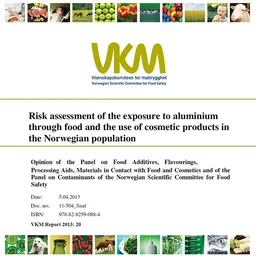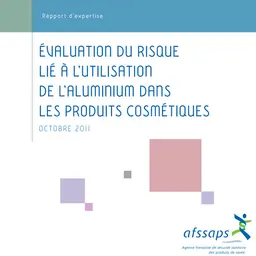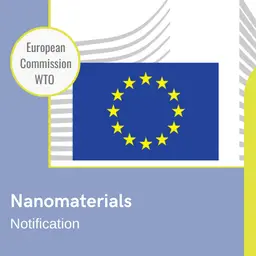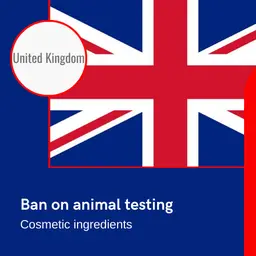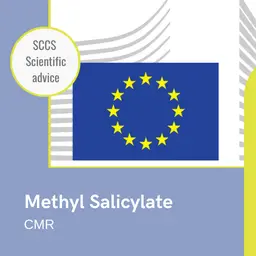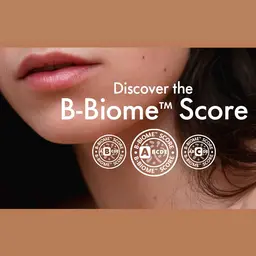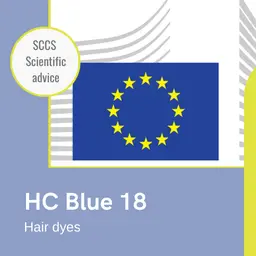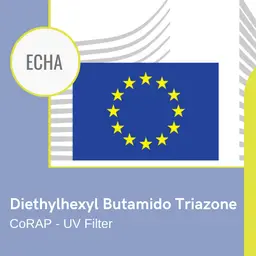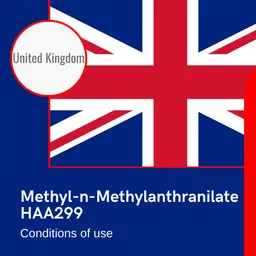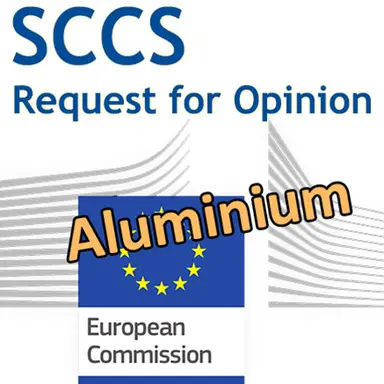
The scientific debate over the risks linked to using aluminum in cosmetic products is to come to a new phase. Following the evaluation by the French Affsaps (now, ANSM) in 2011, which concluded to the existence of a risk to consumers’ health, and a Norwegian report showing the excessive exposure through cosmetics, the SCCS (European Scientific Committee) was instructed to evaluate the safety of the aluminum used in cosmetics and personal-care products. With possibly some restrictions on top.
Background
DG Health and Consumers, unit B2 Health Technology and Cosmetics, received in September 2011 a report submitted by the ‘Agence française de sécurité sanitaire des produits de santé (Afssaps)’ which raises concern on the use of aluminum in antiperspirants and deodorants.
Other Member States asked to pay attention to aluminum present in other cosmetic products, such as lipsticks and toothpastes.
In October 2012, we received a ‘Scientific discussion paper on systemic exposure to Aluminum from dermal exposure to soluble salts’ by Cosmetics Europe, in which they provide information on the wide variety of cosmetic ingredients containing Aluminum, which perform several different functions in several product types.
In particular, the contribution from Cosmetics Europe focuses on the following:
• Water-soluble aluminum containing ingredients that include: Simple Inorganic salts; Simple Organic Salts; Aluminum benzoate, Chlorohydrates.
These ingredients can be used in skin care products. Functions reported in Cosing are astringent, buffering agent, deodorant, antiperspirant.
• Water-insoluble aluminum containing ingredients that include: Minerals, Glasses and Clays; Aluminum Lakes; Carbohydrates; Fatty acids salts.
The Insoluble Minerals, Glasses and Clays are typically added to cosmetic products as bulking agents, coloured pigments, and sometimes as mild abrasives. Aluminum colloidal colorants ‘lakes’ are mainly used in …

